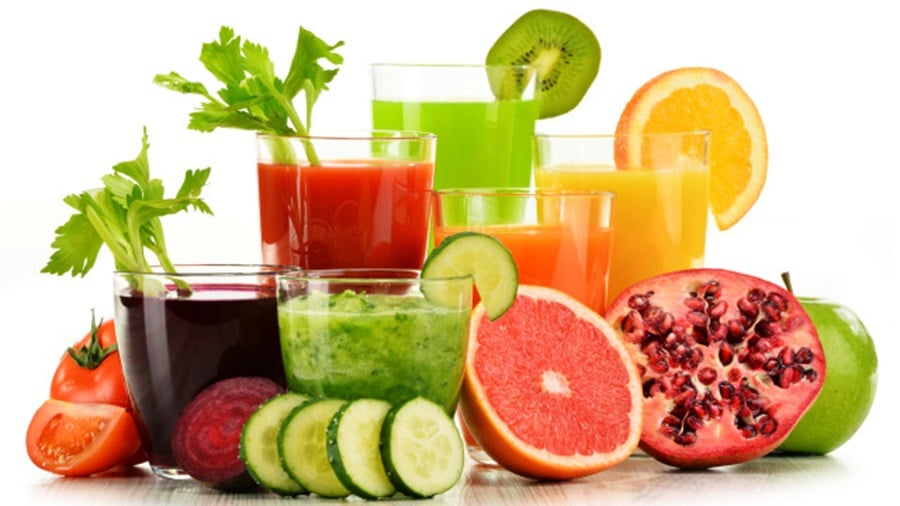The allure of saving restaurant leftovers or the remains of a home-cooked meal for the next day’s lunch is nearly universal. Who doesn’t appreciate a ready-to-eat meal that’s both cost-effective and convenient? However, while it may be economical and reduce food waste, it’s essential to be selective about the types of foods kept for later consumption. Not all dishes age gracefully in the refrigerator – some can even become a health hazard. The texture, flavor, and nutritional value of certain foods can deteriorate, impacting not just the dining experience, but also potentially posing risks to health.
Contents
Seafood
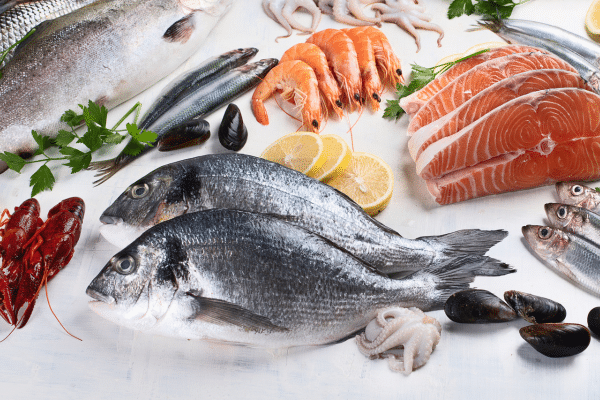
Seafood, a delightful and nutritious choice for any meal, comes with a caveat when considering it for leftovers. Due to its delicate nature, seafood harbors bacteria like Salmonella and E. coli, which can multiply rapidly if not stored at the correct temperatures. It’s vital to ensure that leftover seafood is promptly refrigerated at a temperature below 40°F to mitigate the risk of food poisoning. The window for consuming leftover seafood is significantly shorter than other foods, generally safe to eat within one to two days if stored correctly.
The decline in quality of leftover seafood isn’t only a health concern but affects the culinary experience profoundly. The vibrant flavors and tender textures that define fresh seafood can become muted or altered. Fish and shellfish tend to dry out and become less appealing. To salvage the taste to some extent, consider incorporating the leftovers into new dishes such as stews or salads, ensuring they’re thoroughly reheated to a safe internal temperature.
Cooked Vegetables
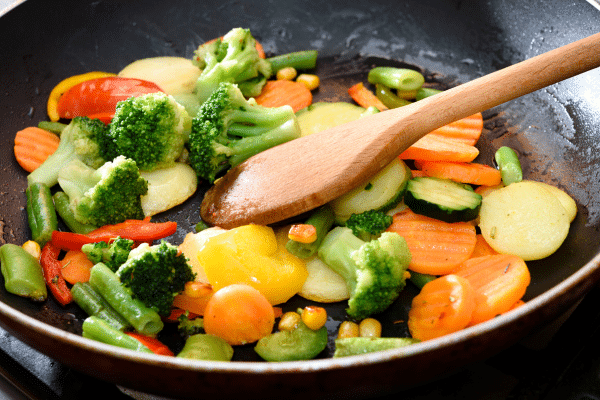
Cooked vegetables, though a healthy and flavorful component of any meal, can sometimes lose their appeal when reheated. They often become soggy and lose their vibrant colors, making them less appetizing to the eye and palate. Nutrients, especially water-soluble vitamins like vitamin C and some B vitamins, are also at risk of degradation. While convenient, microwaving leftovers can exacerbate this nutrient loss, prompting a need for careful consideration of reheating methods to preserve both texture and nutritional value.
The chemical changes in reheated vegetables don’t just impact the texture and nutrition but can also affect their flavor profile. For vegetables that have been seasoned or dressed, the additional time allows for flavors to meld, sometimes resulting in an intensified taste, but not always for the better. It’s advisable to store cooked vegetables in airtight containers and consume them within a couple of days to enjoy them at their best, while also minimizing the risk of nutrient loss and flavor alteration.
Fried Foods
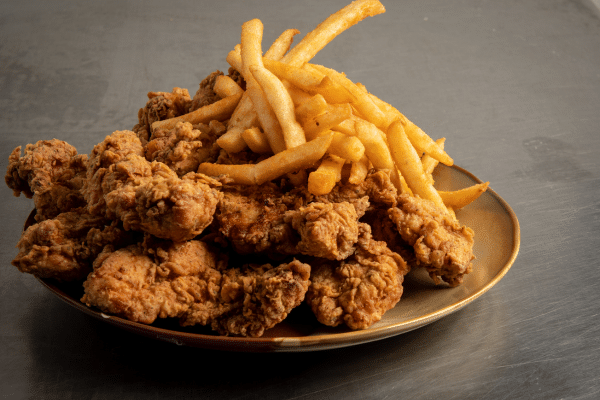
When freshly made, fried foods are celebrated for their crisp, golden exteriors and flavorful taste. However, these beloved characteristics quickly diminish when these foods are left over. The crispy texture can turn soggy as the moisture content rises, significantly reducing the appealing crunch that defines fried delicacies. The type of oil used and the food’s overall composition also play pivotal roles in how well it withstands the test of time and reheating attempts.
Further complicating the matter is the issue of reheated oils. Oils that have been heated, cooled, and then reheated can undergo a series of chemical reactions, leading to the production of harmful compounds. These compounds are not just a matter of taste; they can also impact health negatively. To navigate this issue, it’s crucial to be discerning about the types of fried foods saved for later and the methods employed to reheat them to restore as much of their original texture and flavor as possible.
Rice And Pasta
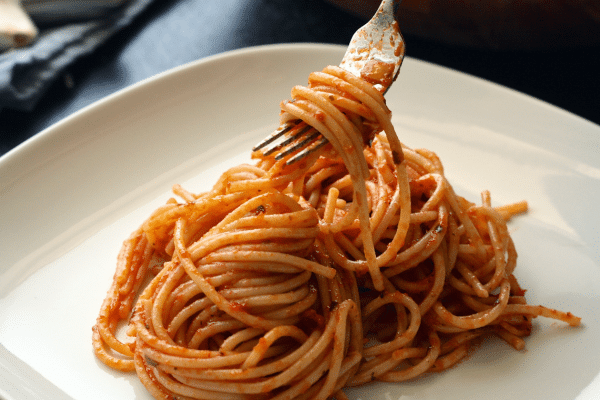
Rice and pasta are staple foods in many diets around the globe, often found in abundant quantities in various dishes. However, when left over, these beloved grains and noodles can harbor uninvited guests. A bacterium called Bacillus cereus thrives in improperly stored rice, leading to food poisoning. It’s essential for the rice to be cooled quickly and stored at the right temperature to minimize the risk of bacterial growth, ensuring it remains safe to consume.
While pasta doesn’t share the same level of bacterial concern as rice, it has its challenges. The texture of leftover pasta can change, becoming softer and less appealing. The integrity of the dish can often be salvaged by adding a small amount of water before reheating, which helps restore some of its original texture. Both rice and pasta dishes should be consumed within a couple of days to ensure they are enjoyed at their best quality.
Meats
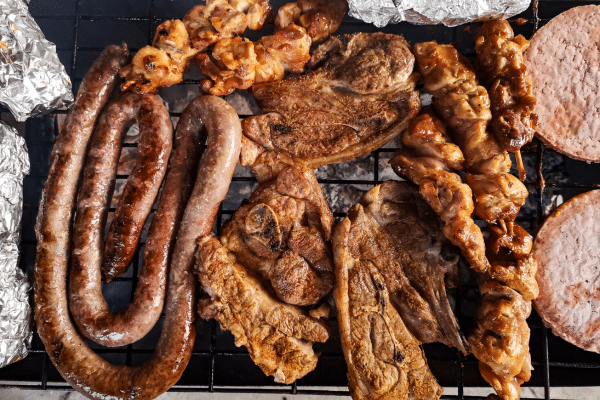
Meats are a valuable source of protein and a flavorful component of diverse cuisines, but they require careful handling as leftovers. Cooked meats, especially poultry, can become a haven for bacteria like Salmonella if not stored correctly. Ensuring that the meat is promptly refrigerated and consumed within three to four days is essential for safety. It’s also crucial to reheat it to an internal temperature of 165°F to kill any lingering bacteria, making it safe for consumption.
The sensory attributes of meat—its flavor, aroma, and texture—are also affected when it’s saved for later. Meats can become dry and less tender, especially when reheated, impacting the overall dining experience. Strategies to mitigate this include adding a bit of broth or sauce before reheating to restore moisture, ensuring that the meat remains palatable and enjoyable while being safe to eat. Proper storage in airtight containers also helps in preserving the quality of the leftover meat.
Sauces And Soups
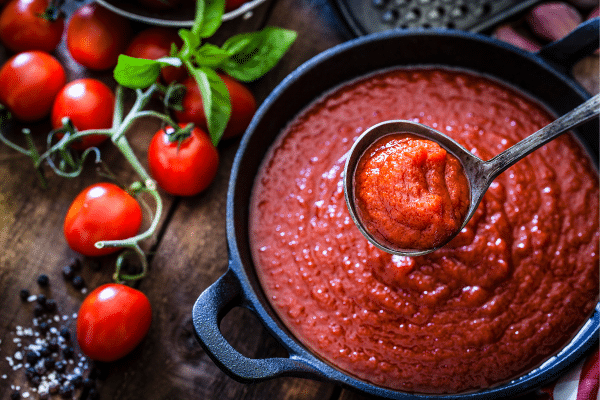
Sauces and soups, known for their ability to bring dishes to life with rich flavors and aromas, can sometimes lose their zest when left over. Elements within these culinary delights can separate, resulting in an inconsistent texture and flavor. For creamy sauces or soups, this is often marked by a distinct layering or curdling effect, making them less appealing and palatable. Storage in airtight containers and gentle reheating, avoiding boiling, can sometimes mitigate these effects and preserve the original taste and consistency.
Additionally, nutritional content is a consideration with leftover sauces and soups. Vitamins and minerals can degrade over time, especially when exposed to heat and light. Ensuring that these items are stored correctly and consumed within a short timeframe can help maintain their nutritional integrity. While they can often be enjoyed a few days after the initial preparation, a discerning palate will notice the subtle shifts in flavor and texture that accompany the passage of time.
Eggs
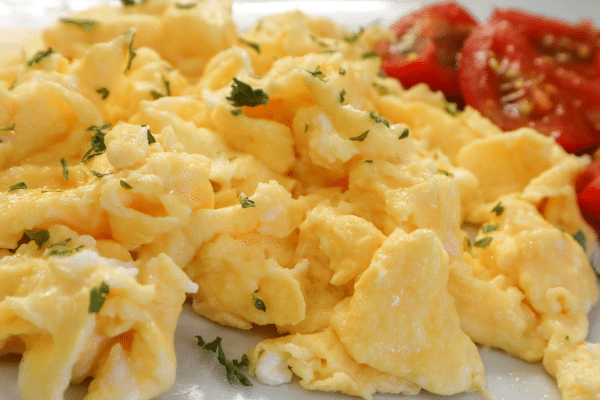
Eggs, a beloved staple in many diets, present unique challenges as leftovers. When reheated, eggs can take on a rubbery texture, detracting from their original, delicate consistency. The proteins within eggs continue to coagulate during the reheating process, leading to this change in texture. Therefore, eggs and egg-based dishes should be consumed promptly or reheated with care to avoid a decline in their quality and appeal.
On the health front, eggs need to be stored and reheated properly to minimize the risk of foodborne illnesses. They should be kept at a safe temperature and consumed within a short timeframe to ensure their safety. When reheating, bringing them to an appropriate temperature is essential to mitigate potential health risks while attempting to preserve their texture and flavor.
The Bottom Line
Leftover food can be a convenient and economical choice, but careful consideration should be given to the types of foods one chooses to save and reheat. The complexities of food safety, coupled with changes in texture, flavor, and nutritional content, make some foods less suitable as leftovers. It’s essential to be informed and cautious, ensuring that the delights of today’s meals don’t become tomorrow’s health concerns. By being selective and informed, individuals can enjoy their leftovers safely, without compromising on taste and nutritional quality.


